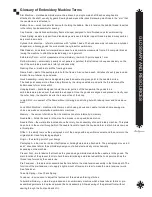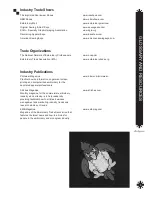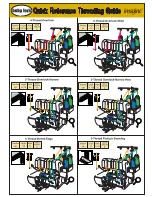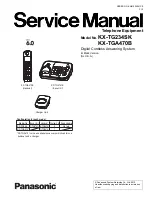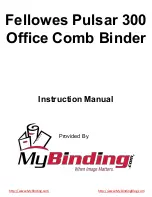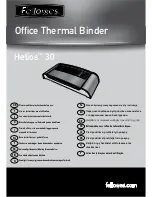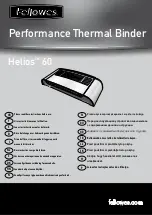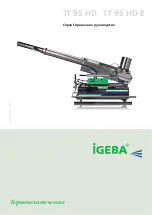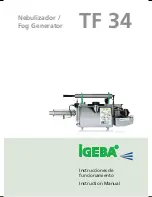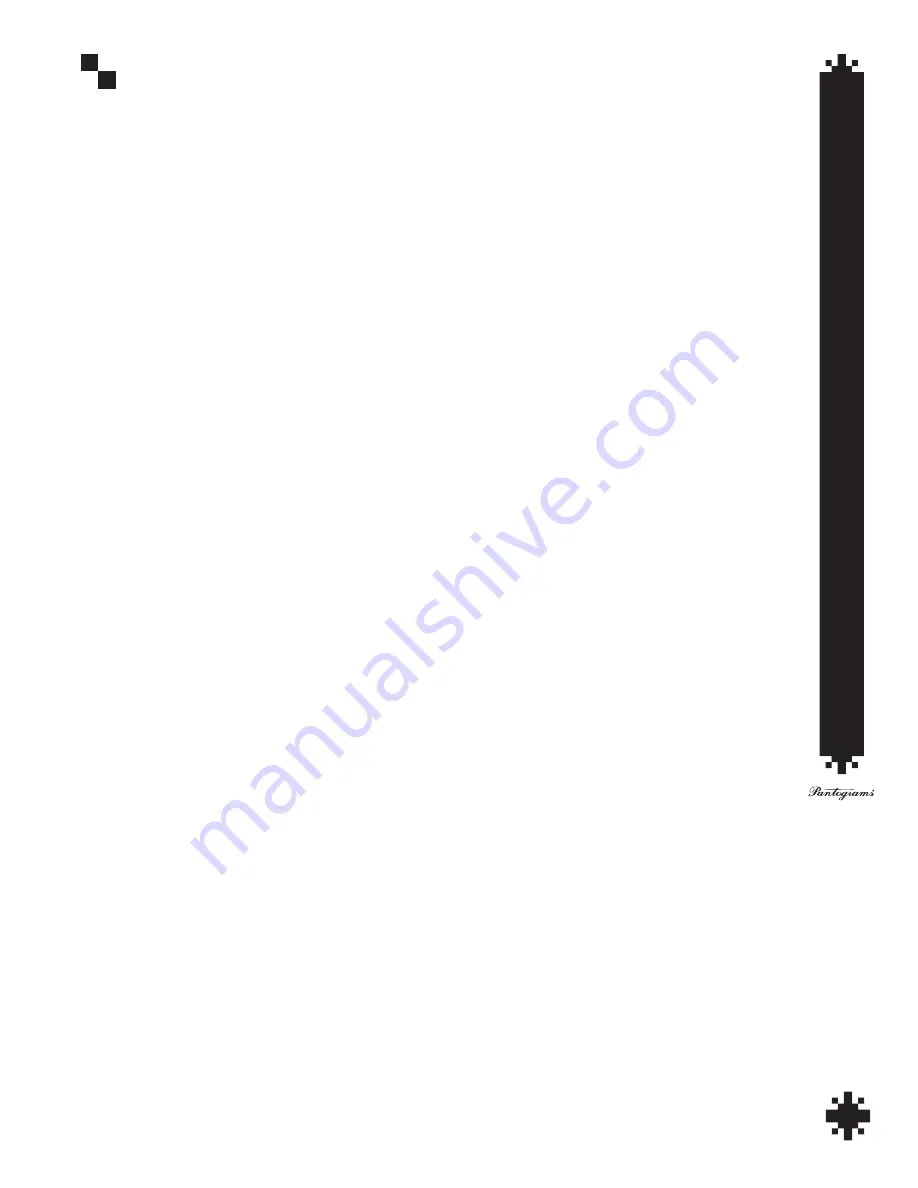
G
LO
S
S
A
R
Y A
N
D R
ES
O
UR
C
ES
2
Embroidery – decorative stitching on fabric. Generally involves non-lettering designs but can include
lettering and/or monograms. Evidence of embroidery exists during the reign of Egyptian pharaohs,
in the writings of Homer and from the Crusaders of the 12th century. Evolved from hand work to manual sew-
ing machines and from hand-looms and schiffli machines with hundreds of needles to high-speed, computer
-
ized multihead machines.
Expanded Format
– a design program in which individual stitches in a design have been specifically digitized
for a certain size. Designs punched in this format cannot generally be enlarged or reduced more than 10 per-
cent to 20 percent without distortion because stitch count remains constant. See Condensed Format.
Fill Stitch
– series of running stitches commonly used to cover large areas. Different fill patterns can be cre
-
ated by altering the angle, length and repeat sequence of the stitches. Also known as a geflect stitch.
Finishing – processes performed after embroidery is complete. Includes trimming loose threads, cutting or
tearing away excess backing, removing topping, cleaning any stains, pressing or steaming to remove wrinkles
or hoop marks and packaging for sale or shipment.
Flagging – up and down motion of goods under action of the needle, so named because of its
resemblance to a waving flag. Often caused by improper framing of goods. Flagging may result in poor regis
-
tration, unsatisfactory stitch formation and birdnesting.
Frame – holding device for insertion of goods under an embroidery head for the application of
embroidery. May employ a number of means for maintaining stability during the embroidery process, includ-
ing clamps, vacuum devices, magnets or springs. See Hoop.
Geflect Stitch
– See Fill Stitch.
Hoop – device made from wood, plastic or steel with which fabric is gripped tightly between an inner ring and
an outer ring and attached to the machine’s pantograph. Machine hoops are designed to push the fabric to
the bottom of the inner ring and hold it against the machine bed for embroidering.
Hooping Device – device that aids in hooping garments or items for embroidery. Especially helpful for hoop-
ing multi-layered items and for uniformly hooping multiple items.
Lettering – embroidery using letters or words. Lettering, commonly called “keyboard lettering,” may be cre-
ated using an embroidery lettering program on a PC or from circuit boards that allow variance of letter style,
size, height, density and other characteristics.
Lock Stitch – commonly referred to as a lock-down or tack down stitch, a lock stitch is formed by three or four
consecutive stitches of a least a 10-point movement. It should be used at the end of some
columns, fills and at the end of any element in your design. May be stitched in a triangle, star or in a straight
line.
Logo – name, symbol or trademark of a company or organization. Short for logotype.
Looping – Loops on the embroidery surface generally caused by poor top tension or tension problems. Typi-
cally occurs when polyester top thread has been improperly tensioned.
Machine Language – the codes and formats used by different machine manufacturers within the
embroidery industry.
Marking – marking of goods to serve as an aid in positioning the frame and referencing the needle start point.
Modular
– machine system where many separate stitching heads or head configurations are controlled by a
central computer.
Monogram – embroidered design composed of one or more letters, usually the initials in a name.
Moss Stitch – See Chenille.
Needle – small, slender piece of steel with a hole for thread and a point for stitching fabric. A machine needle
differs from a handwork needle; the machine needle’s eye is found at its pointed end. Machine embroidery
needles come with sharp points for piercing heavy, tightly woven fabrics; ball points, which glide between the
fibers of knits; and a variety of specialty points.
Network – to link embroidery machines via a central computer and disk drive system or a group of
machines linked via a central computer.
Nippers – See Thread Clippers.
Puckering – result of the fabric being gathered by the stitches. Many possible causes include density, loose
hooping, lack of backing, incorrect tension or dull needle.
Summary of Contents for GS1501
Page 30: ...GETTING STARTED 28 ...
Page 31: ...GETTING STARTED 29 The Control Panel Display ...
Page 62: ...EMBROIDERY BASICS 28 Notes ...
Page 64: ...MACHINE BASICS 2 ...
Page 65: ...MACHINE BASICS 3 ...
Page 70: ...MACHINE BASICS 8 ...
Page 71: ...MACHINE BASICS 9 ...
Page 78: ...MACHINE BASICS 16 Notes ...

















